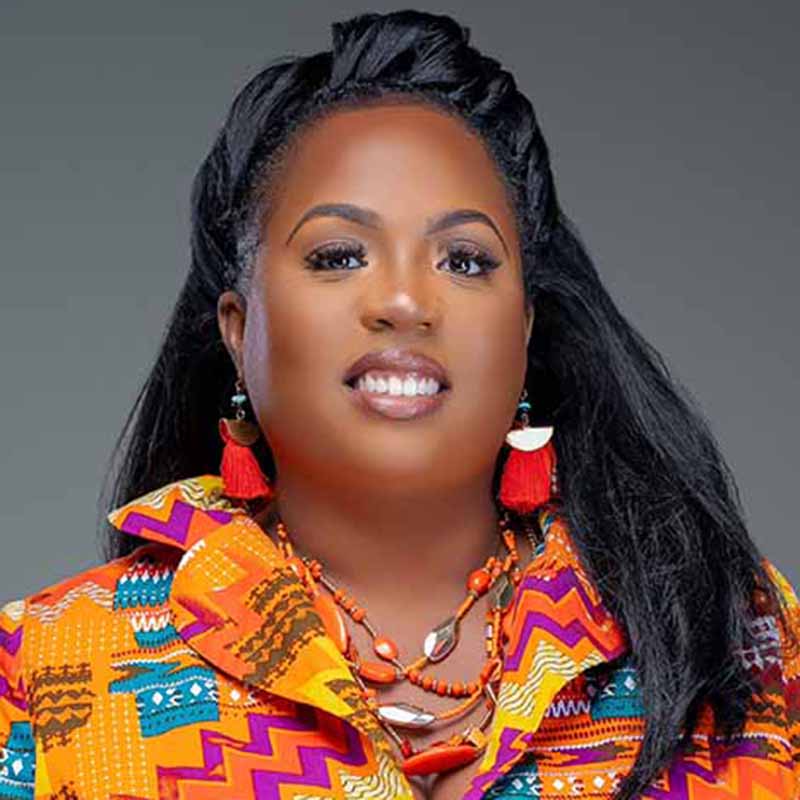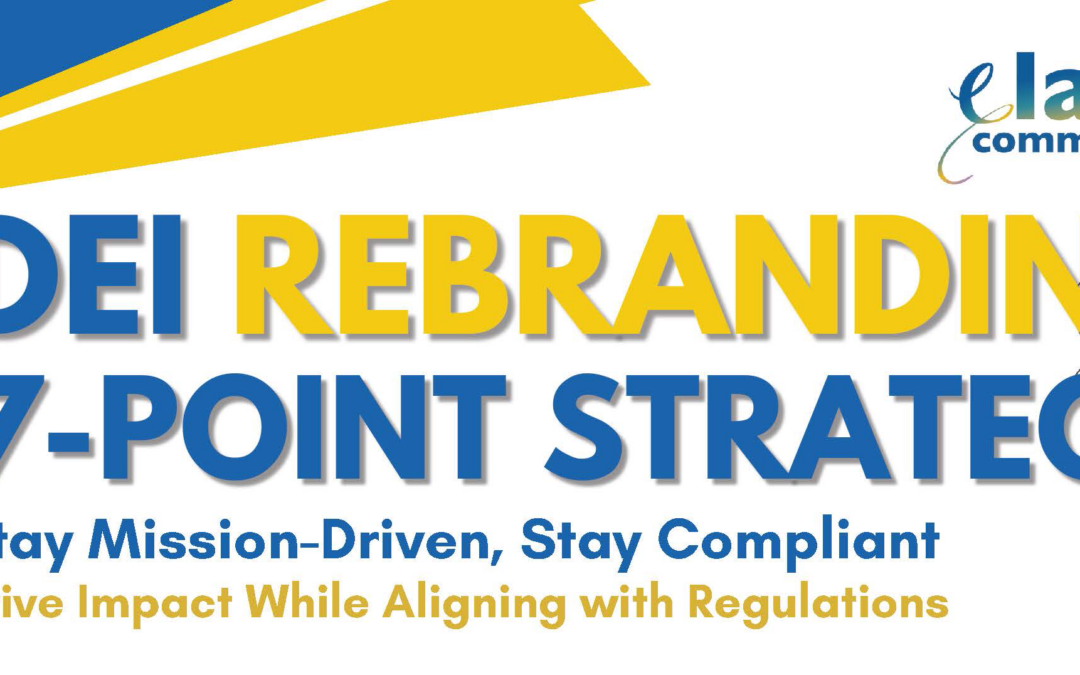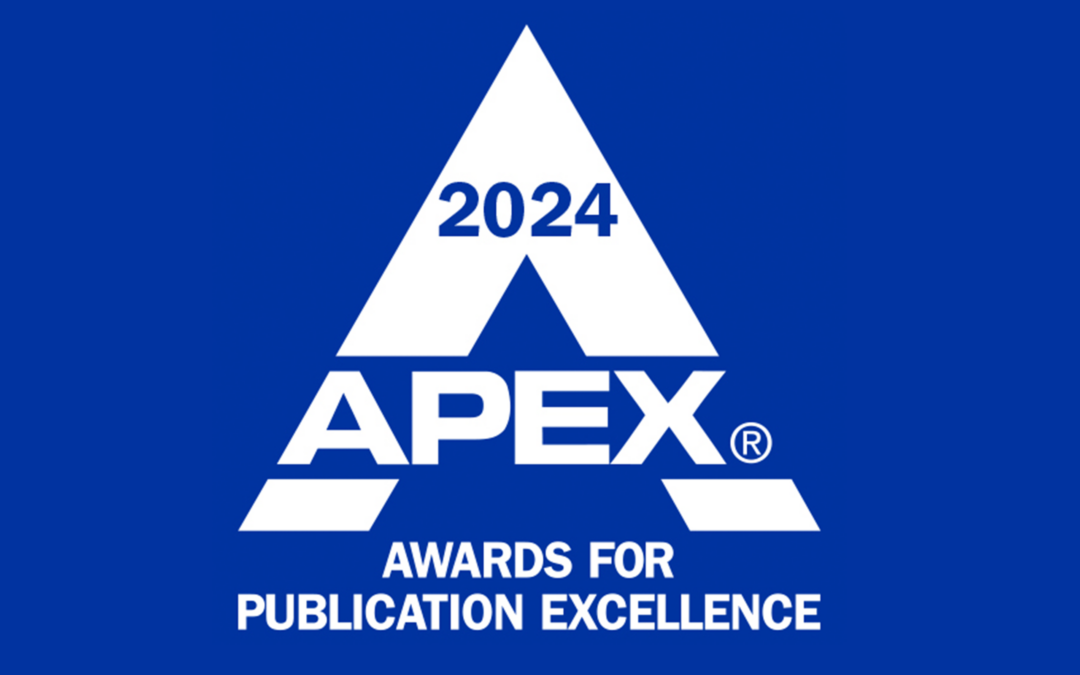At its core, inclusive communication is about actively listening, avoiding assumptions, and making an intentional effort to understand others’ perspectives. Jerrica’s experiences of growing up with an identical twin while recognizing their unique differences have given her a distinct perspective on the value of empathy and mindful communication.
“Inclusive communication starts with active listening and making an effort to truly understand your audience and their unique needs and perspectives,” Jerrica explains in a recent interview. She emphasizes the importance of not making assumptions about others and instead asking questions to learn more about their experiences and needs.
Key Principles of Inclusive Communication
Jerrica provides a framework for implementing inclusive communication, highlighting essential principles such as:
- Active Listening: Engaging with others with the intent to understand rather than simply respond.
- Mindful Language: Using terminology that is respectful, accessible, and free from biases.
- Empathy and Compassion: Developing a willingness to learn from others’ lived experiences.
- Accessibility Considerations: Ensuring that communication methods and platforms allow full participation for all individuals, including those with disabilities.
The Business Case for Inclusive Communication
Beyond ethical and social considerations, inclusive communication is also a business imperative. Jerrica highlights a striking statistic: “83% of millennials are more likely to be engaged at work in companies that implement inclusive communication. And so this is a must-have. It’s not optional.”
Organizations that prioritize inclusivity in their communication strategies often experience increased employee engagement, improved productivity, and a stronger connection with their audiences. The impact extends beyond the workplace, influencing branding, customer relations, and overall organizational success.
Overcoming Common Challenges
Implementing inclusive communication isn’t always easy, and organizations may encounter obstacles such as:
- Unconscious Bias: Many people may not realize the biases embedded in their communication styles.
- Resistance to Change: Shifting long-standing communication practices can be met with pushback.
- Lack of Awareness or Training: Employees and leaders may need education on best practices for inclusive communication.
Jerrica advises organizations to address these challenges through ongoing training, open dialogue, and a commitment to learning. She also encourages professionals to approach communication with curiosity and humility, recognizing that inclusivity is an ongoing journey.
Important Takeaways
Jerrica’s conversation offers numerous takeaways for individuals and organizations looking to improve their communication strategies:
- “People don’t care about how much you know until they know how much you care.”
- “Even in a homogeneous environment, there are still differences. No one is alike.”
- “Seek to understand also means putting all of your thoughts aside and really seeing and connecting with the other person.”
The Future of Inclusive Communication
As workplaces and communities continue to evolve, the demand for inclusive communication will only grow. Emerging trends such as the shift away from exclusionary terminology and the integration of technology to enhance accessibility are shaping the future of communication strategies.
Organizations and professionals who prioritize inclusivity in their communication will not only build stronger relationships but also foster a more equitable and engaged environment for all. By embracing active listening, empathy, and a willingness to learn, we can all become more effective and inclusive communicators.
Moving Forward
For those looking to deepen their understanding of inclusive communication, consider reflecting on the following questions:
- How can your organization incorporate inclusive communication practices into daily interactions?
- What steps can you take to identify and mitigate unconscious biases in your communication?
- How can you leverage technology to make your communications more accessible?
By addressing these questions and committing to growth, individuals and organizations can take meaningful steps toward fostering a more inclusive and connected world.
Learn more about Elation Communications’ Inclusive Communication initiatives and consulting services.









